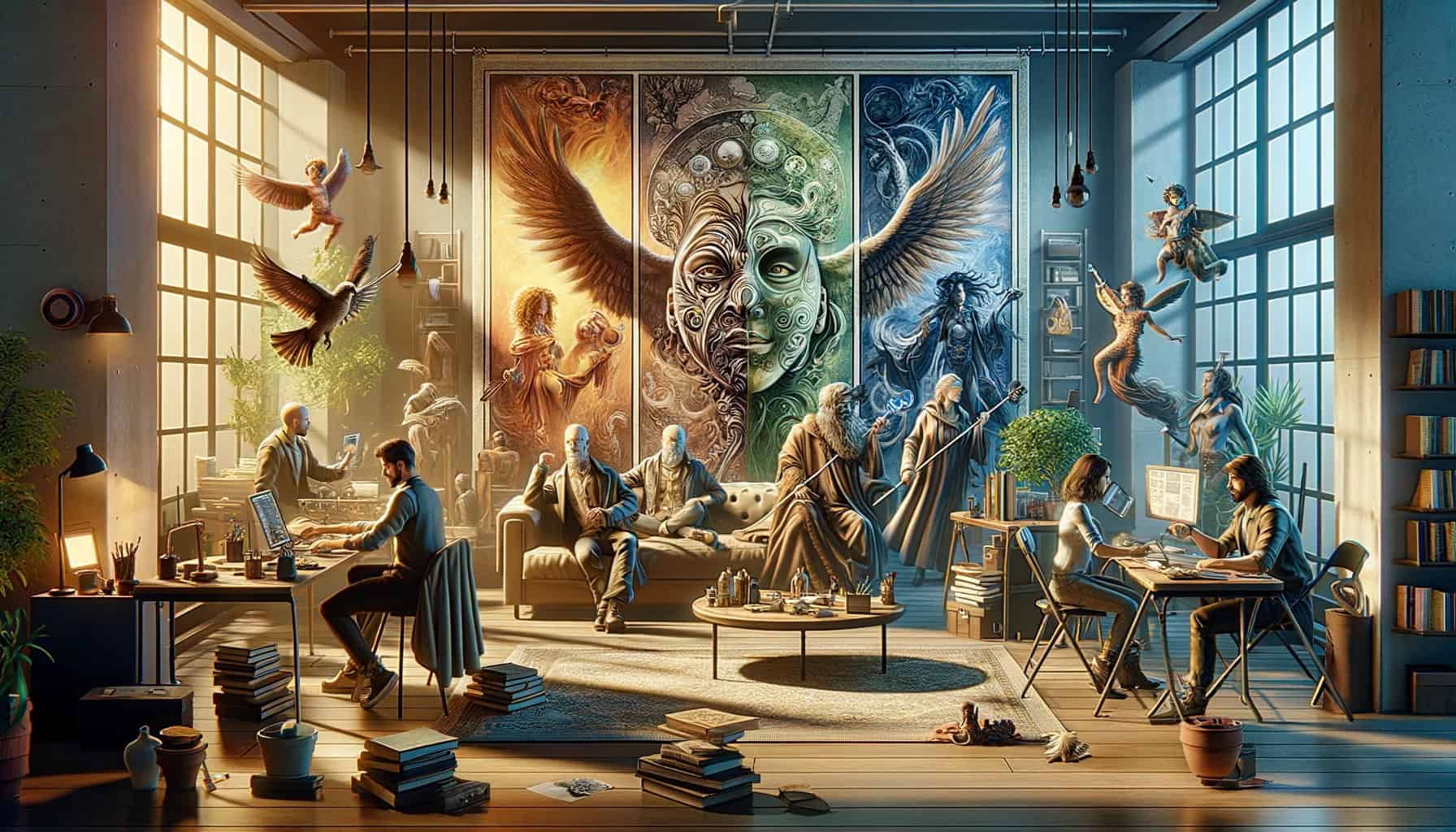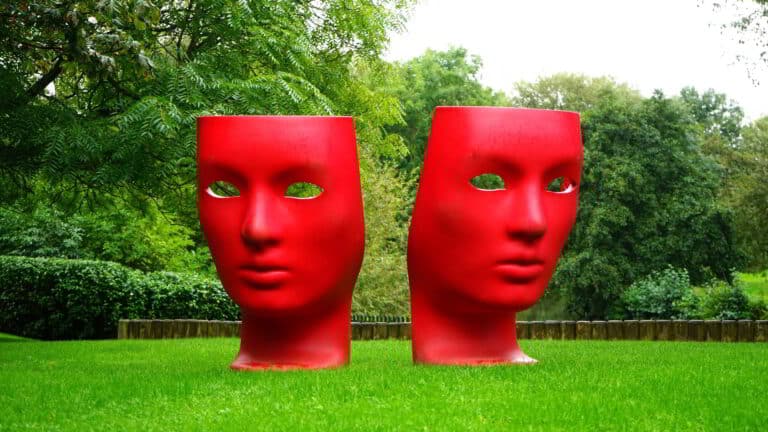Unleashing Creativity: Harnessing Jungian Archetypes for Fiction Characters
Unlock the potential of Jungian archetypes to infuse your fictional characters with depth, realism, and unforgettable qualities.
Introduction
In the realm of character creation, few tools are as powerful as Carl Jung’s archetypes. They offer a remarkable framework that allows writers to develop multi-dimensional characters that resonate with readers on a deep, subconscious level. When used correctly, these archetypes can help turn a good story into a great one. So, let’s dive into understanding how to harness these archetypes to bolster your character development.
Understanding Jungian Archetypes
Jungian archetypes are universal, archaic symbols and themes that derive from the collective unconscious. They are psychological patterns inherited by all humans. Carl Jung, a Swiss psychiatrist, proposed this concept, believing that these archetypes dwell deep within our psyche and surface in literature, art, and dreams. Here’s a brief overview of the 12 primary Jungian archetypes:
- The Innocent: Naïve yet optimistic, seeks happiness.
- The Orphan/Regular Guy or Gal: Desires to belong, is down-to-earth.
- The Hero: Brave, seeks to prove worth through courageous acts.
- The Caregiver: Altruistic, desires to help others.
- The Explorer: Seeks out and enjoys new experiences.
- The Rebel: Desires revolutionary change, challenges authority.
- The Lover: Passionate, seeks intimate relationships.
- The Creator: Imaginative, desires to create things of enduring value.
- The Jester: Loves life, uses humor to navigate through life.
- The Sage: Values knowledge, seeks truth.
- The Magician: Visionary, seeks to make dreams come true.
- The Ruler: Seeks control and likes order.
In fiction, these archetypes can be used to shape characters that feel familiar, yet unique, to your readers.

Applying Archetypes to Fiction Characters
The application of Jungian archetypes in character creation is not about confining your characters into boxes. Instead, it’s about understanding the universal patterns they represent and using them to add depth to your characters. For instance, a character may primarily identify as a Hero but also possess traits of the Explorer when they venture into the unknown or the Rebel when they challenge the status quo.
Remember the words of British writer, Neil Gaiman, who said, “We make up horrors to help us cope with the real ones.” In the same vein, we use archetypes to help us understand the diverse human experiences and emotions.
The Power of Archetypal Characters
Archetypal characters resonate with readers because they tap into the collective unconscious. They feel familiar and engage readers on a deep, psychological level. As American mythologist Joseph Campbell noted, “Myths are public dreams, dreams are private myths.” The characters we create using archetypes tap into those shared dreams and myths, creating an instant connection with readers.
In crafting your characters, the goal is not to create a carbon copy of an archetype. Instead, use these archetypes as a foundation, and then layer on complexities, contradictions, and individual experiences to create a character that is truly unique yet universally relatable.
Conclusion: The Art of Character Creation
In conclusion, using Jungian archetypes in character creation is a powerful way to create characters that are relatable, complex, and compelling. These archetypes are not formulas or stereotypes, but rather starting points for understanding the human psyche. By incorporating these archetypes, writers can develop characters that resonate with readers, driving engagement and making their stories unforgettable.
Remember the words of Chinese philosopher Confucius, “The man who moves a mountain begins by carrying away small stones.” Similarly, a compelling character is built piece by piece, and Jungian archetypes serve as those foundational stones.
FAQs
What are Jungian Archetypes?
Answer: Jungian archetypes are universal, symbolic patterns that Carl Jung believed exist in the collective unconscious of people across cultures. These archetypes represent common experiences and emotions, and include characters such as The Hero, The Rebel, The Caregiver, and The Sage.
How can I use Jungian Archetypes in writing?
Answer: Writers can use Jungian archetypes as a foundation for their characters. These archetypes provide a blueprint for different personality traits and motivations, which can be used to create complex, relatable characters.
Can a character embody more than one archetype?
Answer: Absolutely. While a character might primarily embody one archetype, they can display characteristics of other archetypes in different situations or stages of their life. This can add depth and complexity to a character.
Keywords: Jungian Archetypes, Fiction Characters, Character Creation, Archetypal Characters, Storytelling, Writing.






